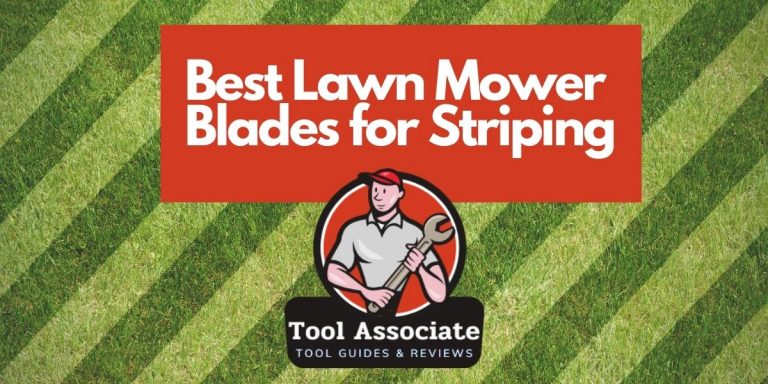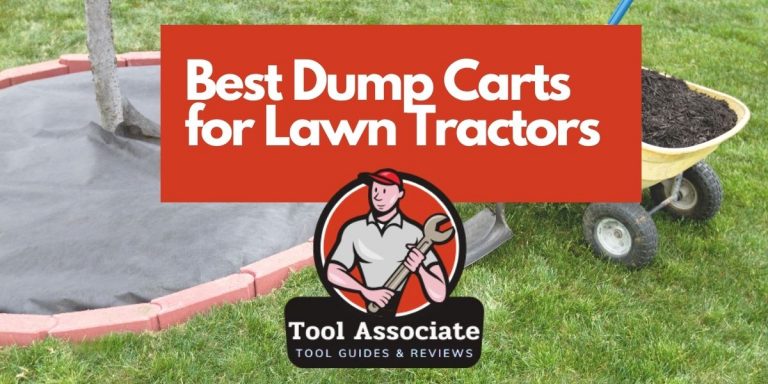A Broadfork is a great tool to break up densely packed soil. It helps to improve drainage as well as aeration.
It is best not to use a broadfork after rain since it can til the soil more freely when it’s dry.
Let’s learn more about this tool below…
Why Should You Use A Broadfork?
Why should you use a broadfork? It would help if you used a broadfork to keep the soil’s quality intact through swiftly digging it. The best broadfork keeps the beneficial critters alive, the weed seeds deep in the ground and is great for raised beds. The tool doesn’t make any unnecessary noise when you use it.
Step 1- Keep the Quality of the Soil Intact:
Other tools like the Rototillers usually chop and mix the soil. But the broadfork only gently loosens the earth, which keeps the valuable critters alive.
Besides, the weed seeds don’t come up and remain more profound in the soil when you use a boardfork. These ways, the boardfork keeps the quality of the soil intact.
Step 2- Useable in Various Circumstances:
Though it’s preferable to use a broadfork in warm weather and on dry soil, this tool can be used even if the soil is a bit wet. It’s also quite efficient in the winter season.
This tool is also perfect for raised beds with wooden or stone ages.
Step 3- Performs Swiftly and Properly:
You can work faster with a broadfork without any unnecessary noise. The tool dugs the soil very deep and allows the nutrients to reach inside the soil ultimately.
This tool is very suitable for planting deep-rooted plants for the reasons as mentioned above. Besides, it also makes the harvesting process faster.
Wrapping Up
For better gardening and farming, the broadfork is a highly recommended tool. Because it ensures the best aeration, we tried to cover some important topics related to it.
We tried to present before you the preferable soil condition for using broadfork and the ways of using the said tool. I hope this article was helpful to you. Happy gardening!


